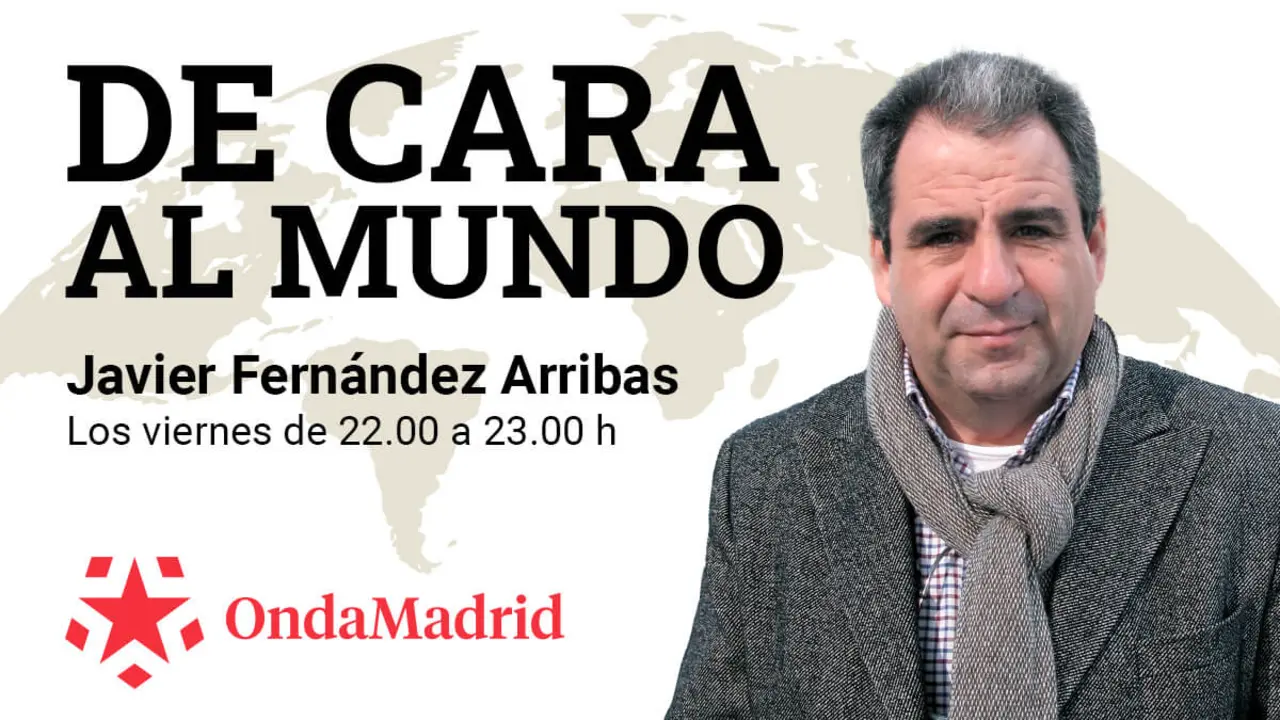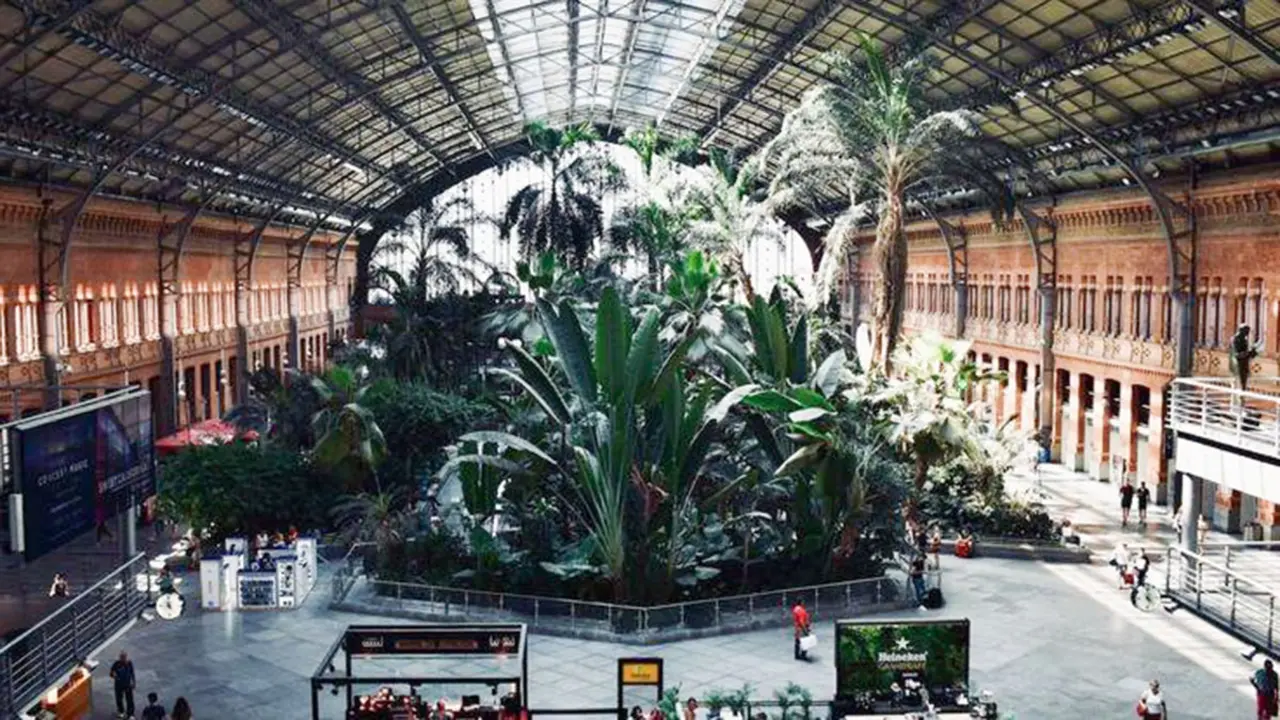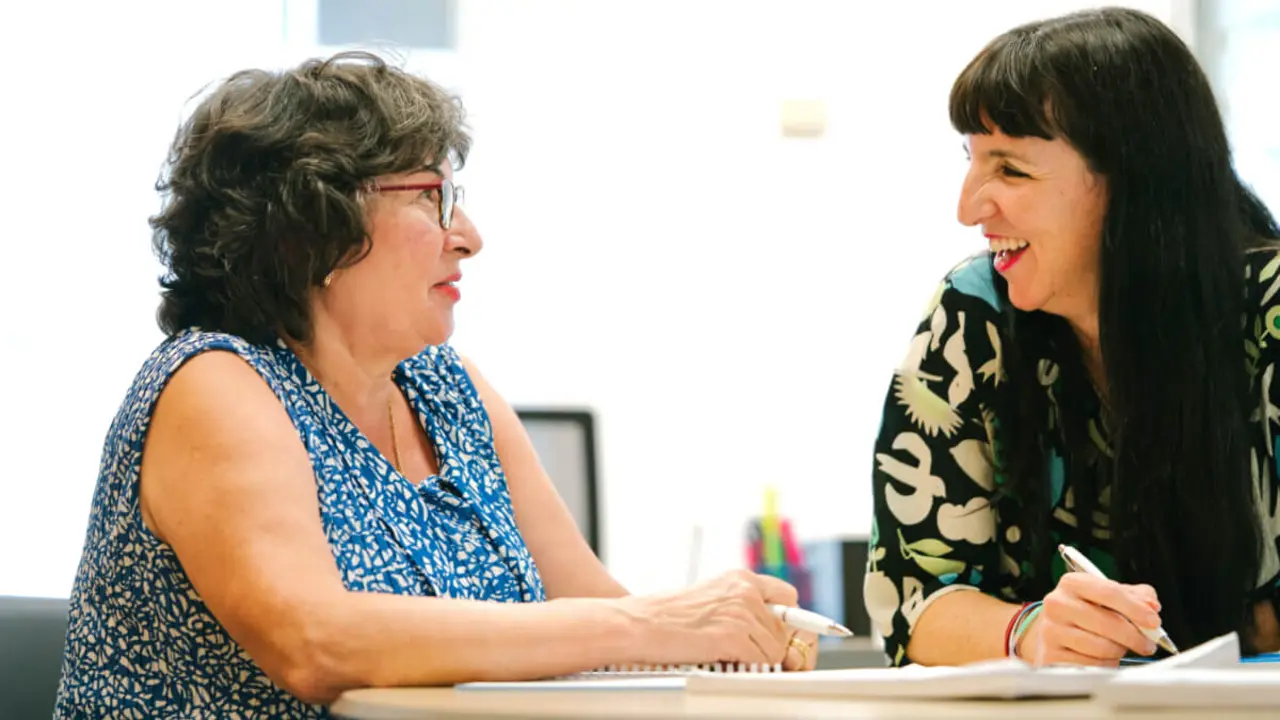The Queen of Spain inaugurates the Instituto Cervantes in Los Angeles, a "pending subject" in the dissemination of Spanish-language culture

Queen Letizia inaugurated the Cervantes Institute in Los Angeles on Tuesday, the institution's great bid to give prestige to the Spanish language and its culture in the large Californian city - considered the unofficial capital of the Hispanic United States - and throughout the west coast of that country. The director of Cervantes said that opening this centre "was an unfinished business" that is now a reality. We are, added Luis García Montero, "facing a blank page, convinced that we have many things to tell and to say".
Doña Letizia, who arrived at the centre at 10 am (7 pm Spanish time), unveiled a commemorative plaque, visited some of the building's rooms and signed the centre's book of honour for the first time, before inaugurating the Cervantes' long-awaited presence in the city, attended by celebrities of Hispanic culture.
"We knew we had to come here for many reasons," said Luis García Montero. Firstly, to "consolidate our presence in the United States" and to vindicate our language. Also to "give prestige to Spanish and defend the fact that we are a language with future prospects in technology, science and artificial intelligence", fundamental fields in which Los Angeles plays a leading role.
And finally, to "proudly claim our culture", a task that Cervantes is undertaking in cooperation with all the governments of the Hispanic community, the second largest in terms of the number of native Spanish speakers after Chinese.
García Montero stressed the importance of disseminating Spanish-language cinema in this city, a film mecca, and announced that the filmmaker Pedro Almodóvar will travel to Los Angeles to inaugurate the centre's library, which will bear his name.
For his part, the Secretary of State for Latin America, the Caribbean and Spanish in the World insisted on the "symbolic and historical importance" of this inauguration, which consolidates the expansion of Cervantes in the USA, where it opened its first centre in New York 27 years ago.
Its objective, said Juan Fernández Trigo, is to "make Spanish a first-rate language" in all areas, something fundamental in the American city with the largest number of Hispanics. Today marks the culmination of an effort that began in 2021, "the beginning of an exciting and exciting journey" that will have the support of the population. Its doors, he concluded, will always be open to the whole city, helping to strengthen the bilateral relationship between the two countries.
The inauguration ceremony was rounded off with the screening of a video in which Pedro Almodóvar talks about his film work, which is well known in the USA after having won two Oscars (in 2000 and 2003) and several more nominations for the American Film Academy Awards. In the recording, the La Mancha-born filmmaker expresses his pride that the Cervantes library in California will be named after him: "It goes beyond anything I could have dreamed of". And he adds that the thought of "someone picking up a book by Don Quixote, Almudena Grandes or Borges is the most beautiful thing that anyone could offer me".
After reviewing his filmography, the director of Parallel Mothers acknowledges that he has had proposals to make films in the USA, but has flatly rejected filming in English because "my homeland is this language in which I was born". As for the new centre, "it should be a school and a showcase for Spanish culture", and he predicts that "it's going to work very well, it has a lot of work to do".
The centre, which will be fully operational in the second half of 2023, faces several challenges. Film plays a leading role among the objectives of this centre located near Hollywood, as its director, the writer Luisgé Martín, told a press conference, joking that perhaps his childhood dream of becoming a film director will come true.
The new Cervantes will pay special attention to the audiovisual industry. Its auditorium is to become "a temple for watching Spanish cinema", where private screenings of all films released in Spain and other Spanish-speaking countries will be shown. At the suggestion of Queen Letizia at yesterday's meeting, they will work to put the Hollywood Academy in contact with film academies in Spain and other countries.
The Pedro Almodóvar library will have film-related literature, film videos and original documents such as scripts. A strong reading club will be created, with the presence of Spanish-language authors from various countries. There will be theatre activities in collaboration with local festivals, and there will be room for music and opera that showcase creativity in Spanish.
On the academic side, agreements will be signed to extend the activity to neighbourhoods, schools, academies, companies... Children will be given not so much conventional Spanish classes, a language they understand better or worse, but workshops in which "things in Spanish" will be taught that they will find more enjoyable: how to interpret a film, how to cook, play tennis, etc. ....
For Luisgé Martín (Luis García Martín), "the Instituto Cervantes had to be here", in a huge crossroads city where creativity is explosive, one of the most powerful and thriving cities. And given the urban geography of the Californian megalopolis, "we will take to the streets" to reach much further and take its activities to museums, galleries, universities, cultural centres, etc.
Hispanic guests
Among the guests were the city's Deputy Mayor for International Affairs, Erin Bromaghim; the Congresswoman for California, Linda Sánchez; the Spanish Ambassador, Santiago Cabanas, and others such as Barbara Fuchs (first prize-winner for Eñe from the Cervantes Institute) and various consuls from Hispanic American countries.
Also in attendance were US film celebrities linked to Latin culture (especially from the audiovisual world) such as Kate del Castillo, Mexican actress; Eugenio Derbez, Mexican actor and producer; the composer Pedro Osuna, María Valverde and Gustavo Dudamel, orchestra conductor, currently head of the Los Angeles Philharmonic, and Venezuelan composer.
The new Los Angeles centre is located at 3375 Barham Blvd, in a two-storey building with five classrooms and an auditorium, and a staff that will soon reach eight people, plus the director.
Before the inauguration, on Monday afternoon (early Tuesday morning in Spain), the Queen chaired a working meeting on Spanish in the USA, which was attended by the Secretary of State Fernández Trigo, Luis García Montero, the Spanish ambassador, Santiago Cabanas, and the directors of the centres in Los Angeles (Luisgé Martín), New York (Richard Bueno), Chicago (Anastasio Sánchez), Albuquerque (Silvia Grijalba) and the Observatory of Spanish at Harvard University in Boston (Marta Mateo). The Institute is also present in the US cities of Seattle (with an Aula Cervantes) and El Paso (an extension).
Submitted by José Antonio Sierra, Hispanismo advisor.








